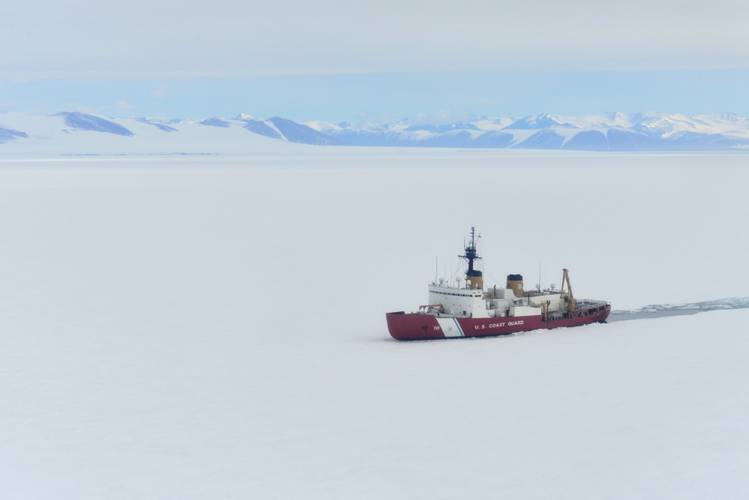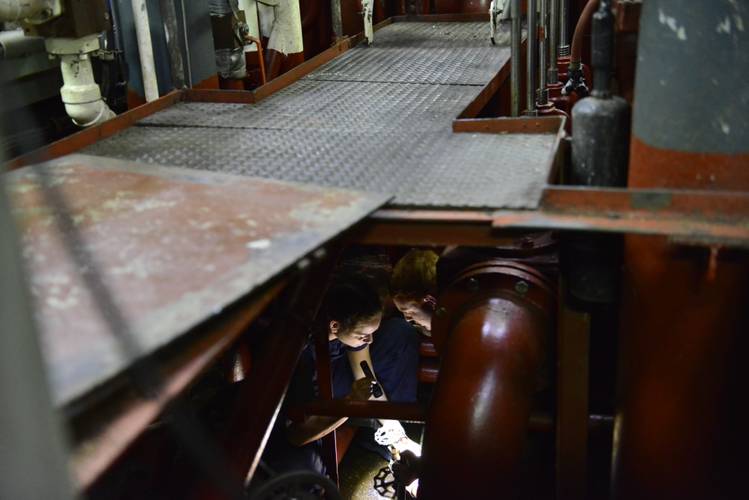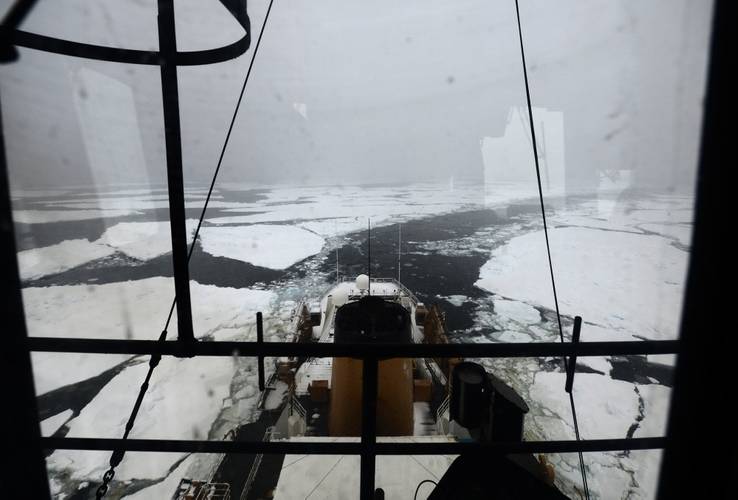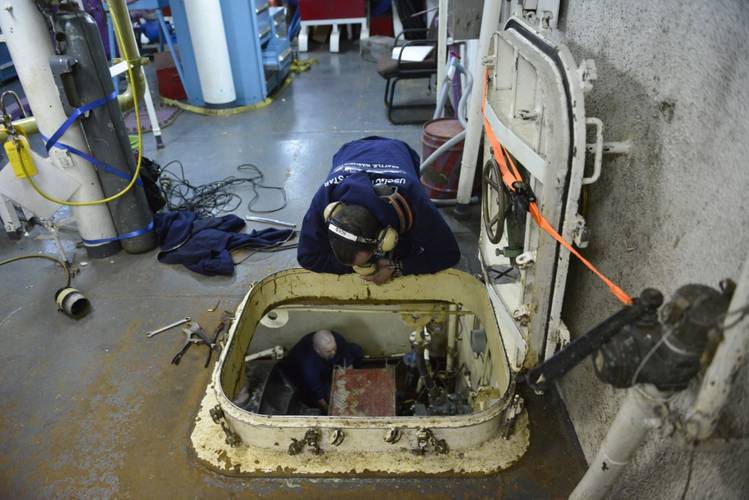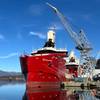America’s aging, sole remaining heavy icebreaker suffered several engineering challenges, including flooding and engine failure, on its way to completing a recent mission in the Antarctic, highlighting the U.S.’ need for new polar icebreakers.
The 1970s-era U.S. Coast Guard Cutter Polar Star is called upon each year to aid the delivery of fuel and supplies for National Science Foundation research stations in Antarctica, carving a navigable path through the Ross Sea where seasonal and multi-year ice is sometimes as much as 10 feet thick.
During this year's Operation Deep Freeze mission, Polar Star suffered the failure of one of its three main gas turbines on January 11. The crew was able to continue the mission without the turbine after a programming issue was discovered and troubleshot between the engine and the cutter’s 40-plus years old electrical system.
Problems continued on January 16, when Polar Star’s shaft seal failed causing the engine room to flood. The crew stopped the flow using an emergency shaft seal and dewatered the engineering space to make more permanent repairs to the seal.
No injuries were reported as result of either incident.
“Although we had less ice this year than last year, we had several engineering challenges to overcome to get to the point where we could position ourselves to moor in McMurdo,” said Capt. Michael Davanzo, the commanding officer of the Polar Star. “Our arrival was delayed due to these challenges.”
The 399-foot cutter went on to refuel at McMurdo Station, Antarctica on January 18 and continued to develop and maintain the ice channel in preparation for two U.S. Military Sealift Command resupply ships, Ocean Giant and Maersk Peary, in the days following. Polar Star is expected to return to the U.S. in March.
“The crewmembers aboard Polar Star not only accomplished their mission, but they did so despite extreme weather and numerous engineering challenges,” said Vice Adm. Fred Midgette, commander, U.S. Coast Guard Pacific Area in Alameda, Calif.
However, Polar Star’s mechanical problems follow similar issues faced in recent years and further highlight
America’s need for new heavy icebreakers, especially as maritime traffic is increasing through the Northern Sea Route and Northwest Passage, and countries such as Russia continue to bolster their polar icebreaking fleets.
Polar Star, which was built more than 40 years ago, is the only operational heavy icebreaker in the U.S. fleet after sister ship Polar Sea, also commissioned in 1976, was taken out of service in 2010 due to major engineering problems. The medium icebreaker USCGC Healy entered service in 1999, but its ability to operate in heavy ice is limited.
“If the Polar Star were to suffer a catastrophic mechanical failure, the nation would not be able to support heavy icebreaker missions like Operation Deep Freeze, and our nation has no vessel capable of rescuing the crew if the icebreakers were to fail in the ice,” Midgette said.
Polar Star underwent a three-year reactivation and returned to operations in late 2013, but its days are limited. The Coast Guard said it expects Polar Star to remain in service through approximately 2020 to 2023.
The Coast Guard, which said it requires at least two new heavy icebreakers, plans to replace Polar Star and Healy with three heavy and three medium icebreakers. The service is presently in the Analyze/Select phase of acquiring one new icebreaker and intends to begin production activities in 2020 under an accelerated acquisition timeline.










